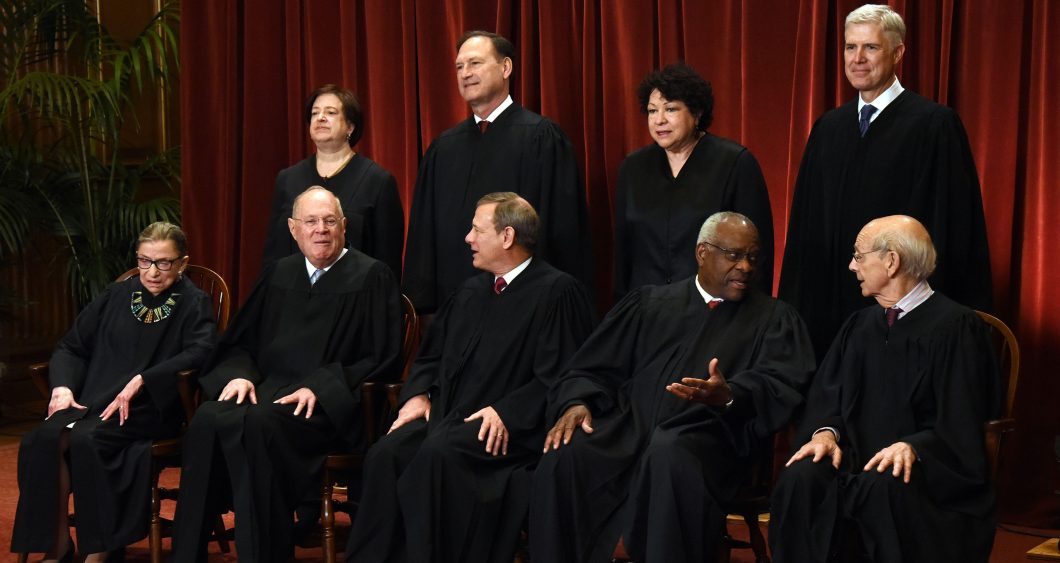Justice Thomas vs. Justice Gorsuch
Recently, I noted that Justices Thomas and Gorsuch had voted consistently with one another. I wrote:
In the 19 cases since Gorsuch has been on the court, he has voted with Justice Thomas — the Court’s most originalist justice — in every one of them. When Justice Thomas dissents, Justice Gorsuch joins the dissent. When Justice Gorsuch concurs, Justice Thomas joins the concurrence. The two even agree on joining the entire majority opinion, except for a single footnote.
This was both encouraging and discouraging. It was encouraging because it suggested that Gorsuch was an originalist. But it was discouraging since it might have suggested that Gorsuch (or Thomas) were not independent thinkers. Over the years, I have encountered very smart “couples” who believe that they agree with one another on every issue. I have always been uncomfortable with that. Given the complexity of the world and the differences between people, if two people agree on every issue, that suggests they are coordinating rather than independently arriving at their conclusions.
But we need not be worried about Thomas and Gorsuch any more. Recently, Justice Thomas and Gorsuch have disagreed in three important cases. Their disagreements have been fascinating. The disagreements have not come from one of the justices compromising their originalist principles. Instead, they have largely come from different views of the original meaning. Here I discuss two of the cases, leaving the third, Patchak v. Zinke, for another time.
One of the cases is Sessions v. Dimaya, which involved the void for vagueness doctrine applied to deportation. (Void for vagueness doctrine holds void certain statutes on the ground that they are excessively vague and therefore do not provide adequate notice.) The plurality decision by Justice Kagan employed the usual nonoriginalist approach that applied precedent but did so in a way that promoted liberal results. Justice Gorsuch provided the fifth vote for that result, but did so on originalist grounds. Gorsuch argued that “the void for vagueness doctrine, at least properly conceived, serves as a faithful expression of ancient due process and separation of powers principles the Framers recognized as vital to ordered liberty under the Constitution.” By contrast, Justice Thomas challenged Gorsuch’s defense of the void for vagueness view, claiming that neither the best reading of due process allowed it, nor a second best reading that Gorsuch relied upon.
Oil States Energy Services v. Greene’s Energy Group is another of the cases. Oil States involved whether “inter partes review, which authorizes the United States Patent and Trademark Office to reconsider and cancel an already-issued patent claim in limited circumstances,” is constitutional. This review was challenged on the ground that it allowed an administrative agency to decide traditional questions involving private rights, which Article III of the Constitution requires courts to adjudicate. This is an important issue, since it concerns to what extent adjudications can be placed in administrative agencies rather than courts.
Justice Thomas wrote the majority opinion, which held that the review could be placed in an administrative agency. Thomas relied upon traditional precedent allowing so called public rights to be placed in administrative agencies. Gorsuch dissented, arguing that courts had to hear “the traditional actions at common law that were tried by the courts at Westminister in 1789” and that patent lawsuits were such actions.
In the end, I am not entirely sure how I stand on these three cases. My initial, tentative takes are with Gorsuch on each of them, although it might turn out that Thomas is right about one or all of them. These agreements and disagreements about originalism of the two justices are a great development — not only for originalism but for constitutional law generally.

